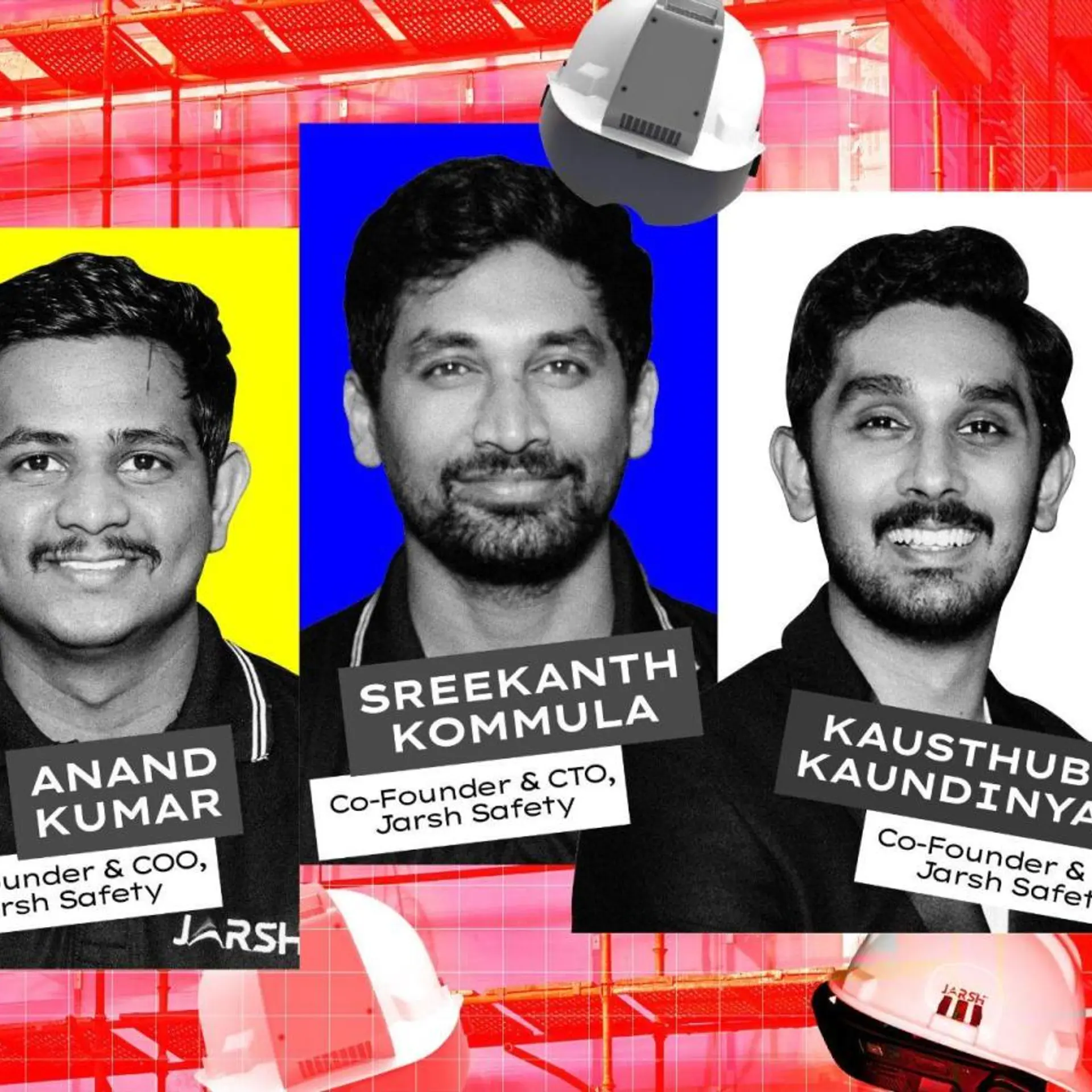These three teenagers have built drones to fight air pollution
Drones are among the most controversial inventions of our times. The idea of remotely controlled unmanned vehicles flying through air either raises concerns over personal privacy, or drives our imagination towards the lives of myriad citizens of the Middle East who continue to live in fear of the drones deployed for military usage.

Similar to every other invention, drones are a tool too. If brought into good use, they have the potential of making our lives easier. And who better can validate this than these three young students from Delhi, who have implemented the drone technology to measure the purity of air.

With the sole cause of implementing drones to make our environment better; Sanchit Mishra, Pranav Kalra, and Triambikey Joshi have invented a drone that correctly reports the chemical composition of the air it is flown into. Yes, these young scientists are using drones to fight air pollution.Sanchit and Triambikey are 16 years old, while Pranav is just 15, and is currently in the 10th standard. They believe that their technology will go a long way in bringing greater accountability and awareness among the stakeholders of the environment.

Sanchit tells us that he and Triambikey are from the same school. When they were in their 9th grade, they represented their school in an interschool competition, where they met Pranav. Their common interest in technology and engineering instantly brought them close. Soon they became good friends, and started spending their free time pondering over how they can use technology to build gadgets which can help improve people’s lives.It was around this time when Sanchit developed a keen interest on drones and started researching on the technology involved. Pranav was intrigued by his research and suggested that they build a drone which helps bring greater accountability of pollutants present in the air, as Delhi had already gained the bad reputation of being the most polluted city in the world. The trio started working on the idea, and soon came up with their first prototype in July 2015. Triambikey tells us,

“Our drone gives correct readings of the air composition, but currently the readings are too technical. Only an environmental scientist will be able to decipher them. We are currently upgrading this to make the reports readable for the common man.”Although drones are banned in India since October 2014, the trio plans to present it to government bodies and explain to them how helpful drones can be, if used for a good cause. They believe that the future relies on proper usage of technology and not shying away from it.
It has been difficult for the three to come this far, since they are school students and their project has dug deep holes in their pockets. They also shared their experience on how they had to travel for two hours across Delhi to reach MakerSpace, a community-driven initiative where tools and devices are made available for those willing to collaborate to design and build new gadgets. They express their gratitude towards the MakerSpace community, which helped them by resolving the practical concerns of portability and compatibility of their drone. Sanchit tells us,

“There are many students we know of who are filled with ideas and are interested to implement them, but don’t know how to take these ideas ahead. We must have communities similar to MakerSpace in every locality for those interested in experimentation to come together and create things.”Although their initial plan was to collaborate with an NGO to launch their drone, the experience of building it has dawned into them the realisation that their dreams won’t sustain without funding. They have already set sail in the startupy waters, as they have launched their company Phoenix Drones Live, and are currently looking for investors.
The three young techies have elaborate plans to use drone technology to solve other practical problems people face on a daily basis. They are planning to build an app integrated with drones to help find parking in crowded areas of the city. They have also plans to build drones that help with security, advertising, delivery, power line inspections, beach patrolling, among other practical problems.
Related Stories :
Who killed our beloved monsoon? It is Climate Change
Zeena Johar: using innovative technology and training methods to solve India’s rural healthcare problems
Using technology to give autistic children a chance to find an equal place in society – Project Prayas’s mission







